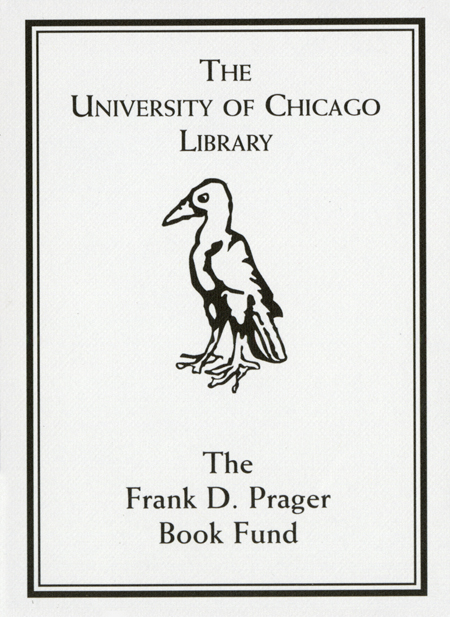Review by Choice Review
This encyclopedia will be an invaluable aid to scholarly researchers, authors of historical fiction, and historical reenactors. Ranging in length from one-half page to four pages, its entries span people and subjects from Abelard to zoology. Coverage is strong on both European and Islamic topics, with individual entries on the influence of Graeco-Roman thinkers such as Archimedes and Plato as added bonuses. Coverage of "everyday," nonscientific technologies such as fishing, pottery, and transportation is a particular strength. All entries have bibliographies. These reflect the academic expertise of their authors and include sources in various languages published from medieval times through 2003. Although written by academics, the entries acknowledge gaps and controversies on topics without bogging down in specialist controversies. Abundant cross-references, a 60-page index, and a thematic listing of entries augment the text. The illustrations are, unfortunately, few and often reproduce manuscripts or portraits. Hard-to-conceptualize technologies such as agricultural instruments, catapults, and clocks are left for readers to visualize. Nevertheless, no comparable encyclopedia exists. This is part of the "The Routledge Encyclopedias of the Middle Ages" series, but libraries do not need the complete set to enjoy this source's value. ^BSumming Up: Highly recommended. Upper-level undergraduates through faculty/researchers; general readers. K. Manuel George Mason University
Copyright American Library Association, used with permission.
Review by Booklist Review
One hundred years ago, common belief held that science began with the Renaissance. Researchers have discovered, however, that navigation, architecture, medicine, and astronomy and other fields were all essential to life in the Middle Ages and were also viable fields of scholarly endeavor. Many of these areas developed independently in isolated parts of the world. Sharing of information came with increased trade. This volume is the eleventh in the Routledge Encyclopedias of the Middle Ages series (formerly known as Garland Encyclopedias) and follows in the tradition of focusing on one geographical area or theme. It uses six broad categories to define its coverage: "Apparatus, Equipment, Implements, Techniques"; "Biography"; "Disciplines"; "Geographical Places"; "Institutions"; and "Scientific Genres." At the beginning of the volume, there is an alphabetical list of entries as well as a listing arranged by the six themes. The biographical articles that comprise the largest category reflect a scope that encompasses Europe, the Middle East, Asia, and Africa and includes religious and political as well as scientific individuals. Some examples are Peter Abelard, Roger Bacon, Ibn Rushd (Averroes), Maimonides, and William of Ockham. Overall, this is a well-crafted reference source. The articles themselves are clearly written, signed, and well documented with bibliographies. The black-and-white illustrations are appropriate and enhance the text. Compared to Scribner's Dictionary of the Middle Ages0 ( DMA0 ) (1982-1989), specific articles are less complex in Routledge and have a more straightforward style. As an example, while the DMA0 has one 18-page article on mathematics, the Routledge has articles on Algebra0 and Arithmetic,0 each no longer than two pages. Although the DMA0 will likely be considered the benchmark, Routledge is clearly geared toward a somewhat less--scholarly audience whose goals require shorter answers. In addition, it offers a more global view of the period. Recommended for academic and large public libraries. --Danise Hoover Copyright 2006 Booklist
From Booklist, Copyright (c) American Library Association. Used with permission.
Review by Library Journal Review
The editors of this series, which began in 1993 with Medieval Scandinavia, have gathered together 130 well-versed scholars to address the breadth of science, technology, and medicine in the Middle Ages. With approximately 275 articles ranging from 500 to 3000 words each, this 11th volume serves as an easy-to-use starting point for research in the area. So-called platform entries-e.g., "Medicine, practical," "Medicine, theoretical," "Scientia," "Technological diffusion," "Women in science" and "Religion and science" (which does imply that science is superior to religion)-are launching points for more specific entries in the volume. Topical categories include "Apparatus, Equipment, Implements, Techniques"; "Biography"; "Disciples"; and "Scientific Genres, Theories, Texts, and Traditions." Each of the finely written entries, intended for the lay reader, is followed by a bibliography and a list of secondary sources for further reading. Bottom Line This is a single work and so can only touch select topics, but the topics included are well chosen. It will serve well in college and public libraries where students and those with general interest can get introductory information and citations on where and how to find additional works.-Eric D. Albright, Tufts Univ. Health Sciences Lib., Boston (c) Copyright 2010. Library Journals LLC, a wholly owned subsidiary of Media Source, Inc. No redistribution permitted.
(c) Copyright Library Journals LLC, a wholly owned subsidiary of Media Source, Inc. No redistribution permitted.
Review by Choice Review
Review by Booklist Review
Review by Library Journal Review


